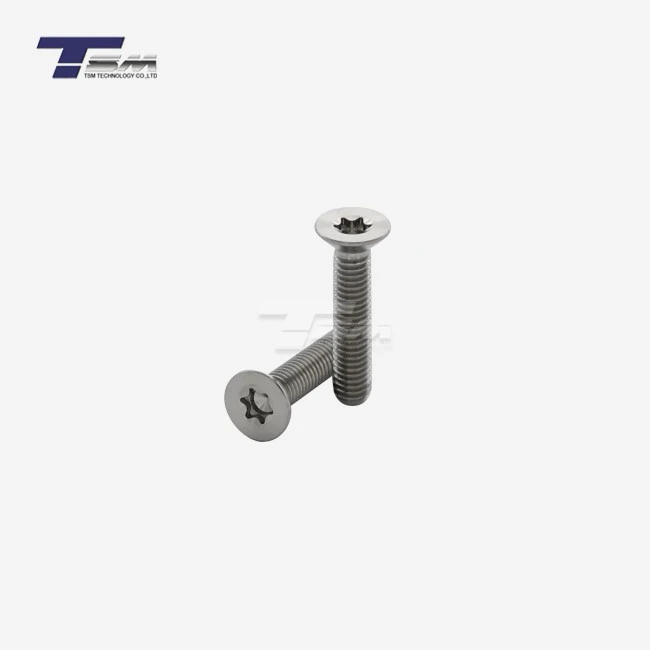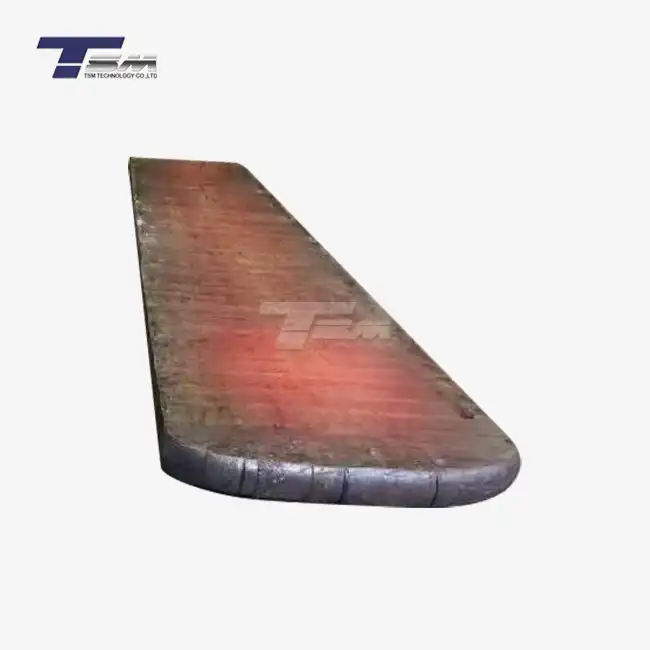- English
- French
- German
- Portuguese
- Spanish
- Russian
- Japanese
- Korean
- Arabic
- Greek
- German
- Turkish
- Italian
- Danish
- Romanian
- Indonesian
- Czech
- Afrikaans
- Swedish
- Polish
- Basque
- Catalan
- Esperanto
- Hindi
- Lao
- Albanian
- Amharic
- Armenian
- Azerbaijani
- Belarusian
- Bengali
- Bosnian
- Bulgarian
- Cebuano
- Chichewa
- Corsican
- Croatian
- Dutch
- Estonian
- Filipino
- Finnish
- Frisian
- Galician
- Georgian
- Gujarati
- Haitian
- Hausa
- Hawaiian
- Hebrew
- Hmong
- Hungarian
- Icelandic
- Igbo
- Javanese
- Kannada
- Kazakh
- Khmer
- Kurdish
- Kyrgyz
- Latin
- Latvian
- Lithuanian
- Luxembou..
- Macedonian
- Malagasy
- Malay
- Malayalam
- Maltese
- Maori
- Marathi
- Mongolian
- Burmese
- Nepali
- Norwegian
- Pashto
- Persian
- Punjabi
- Serbian
- Sesotho
- Sinhala
- Slovak
- Slovenian
- Somali
- Samoan
- Scots Gaelic
- Shona
- Sindhi
- Sundanese
- Swahili
- Tajik
- Tamil
- Telugu
- Thai
- Ukrainian
- Urdu
- Uzbek
- Vietnamese
- Welsh
- Xhosa
- Yiddish
- Yoruba
- Zulu
How Ductile Is Inconel 718 Sheet?
Inconel 718 sheet exhibits exceptional ductility, making it a highly sought-after material in various industries. With an elongation rate of approximately 30% at room temperature, this nickel-based superalloy demonstrates remarkable formability and malleability. The ductility of Inconel 718 sheet allows it to undergo significant plastic deformation without fracturing, enabling complex shaping and forming processes. This property is particularly valuable in aerospace, oil and gas, and chemical processing applications where materials must withstand extreme conditions while maintaining structural integrity. The combination of high ductility and other superior mechanical properties makes Inconel 718 sheet an ideal choice for components requiring both strength and flexibility in demanding environments.
Understanding the Ductility of Inconel 718 Sheet
Factors Influencing Ductility
The ductility of Inconel 718 sheet is influenced by several factors, including its chemical composition, microstructure, and heat treatment processes. The alloy's primary elements, such as nickel, chromium, and iron, contribute to its exceptional ductility. The presence of niobium and molybdenum further enhances its mechanical properties, including ductility, through precipitation hardening mechanisms.

Heat treatment plays a crucial role in optimizing the ductility of Inconel 718 plate. The solution annealing and aging processes help achieve the desired microstructure, balancing strength and ductility. Proper heat treatment can result in a fine-grained structure, which generally improves ductility by allowing for more uniform deformation under stress.
Measuring Ductility
The ductility of 718 Inconel sheet is typically measured through tensile testing and elongation measurements. In a standard tensile test, the material is subjected to uniaxial tension until failure. The elongation at fracture, expressed as a percentage, provides a quantitative measure of ductility. Inconel 718 plate generally exhibits an elongation of 30-50% depending on the specific heat treatment and processing conditions.
Another important parameter is the reduction in area, which can exceed 40% for Inconel 718. This measure indicates the material's ability to neck down during plastic deformation, further demonstrating its excellent ductility.
Ductility at Elevated Temperatures
One of the remarkable features of Inconel 718 sheet is its ability to maintain ductility at elevated temperatures. While many materials become brittle as temperatures increase, Inconel 718 retains significant ductility up to temperatures around 650°C (1200°F). This property is particularly valuable in high-temperature applications where both strength and formability are required.
At elevated temperatures, the ductility of Inconel 718 can increase due to enhanced atomic mobility and dislocation movement. However, it's important to note that prolonged exposure to very high temperatures can lead to microstructural changes that may affect ductility over time.
Applications Leveraging Inconel 718 Sheet Ductility
Aerospace Industry
The aerospace industry heavily relies on the ductility of Inconel 718 sheet for manufacturing critical components. Jet engine parts, such as turbine disks, combustion chambers, and exhaust systems, often utilize this material due to its ability to withstand high stresses and temperatures while maintaining structural integrity. The ductility of Inconel 718 allows for complex forming operations, enabling the creation of intricate shapes necessary for aerodynamic efficiency and optimal performance.
In aircraft structural components, Inconel 718 plate is used for its combination of strength, corrosion resistance, and ductility. These properties are essential for parts that must withstand the rigors of flight, including rapid temperature changes and high-stress environments. The material's ductility contributes to its fatigue resistance, a critical factor in aerospace applications where components undergo cyclic loading.
Oil and Gas Sector
The oil and gas industry benefits significantly from the ductility of Inconel 718 sheet in deep-sea drilling and extraction operations. Subsea equipment, including wellhead components, valves, and flow lines, often incorporates this alloy due to its ability to withstand corrosive environments and high pressures while maintaining formability. The ductility of Inconel 718 allows for the fabrication of complex geometries necessary for efficient fluid handling and pressure containment in these demanding applications.
In downhole tools and measurement devices, the ductility of 718 Inconel sheet proves invaluable. These components must endure extreme temperatures, pressures, and corrosive fluids while maintaining dimensional stability and mechanical integrity. The material's ductility contributes to its resistance to stress corrosion cracking, a common concern in oil and gas environments.
Chemical Processing Equipment
Chemical processing plants utilize Inconel 718 sheet in various equipment due to its exceptional ductility and corrosion resistance. Heat exchangers, reaction vessels, and piping systems often incorporate this alloy, especially in applications involving aggressive chemicals or high temperatures. The material's ductility allows for the fabrication of complex shapes and ensures that components can withstand thermal cycling and mechanical stresses without failure.
In the production of specialty chemicals, Inconel 718 plate is used for its ability to maintain cleanliness and prevent contamination. The alloy's ductility enables the creation of smooth surfaces and intricate designs that facilitate efficient chemical reactions and easy cleaning, crucial factors in maintaining product purity and equipment longevity.
Enhancing and Preserving Ductility in Inconel 718 Sheet
Optimizing Heat Treatment Processes
To maximize the ductility of Inconel 718 sheet, precise control over heat treatment processes is essential. The solution annealing temperature and duration significantly impact the alloy's microstructure and, consequently, its ductility. Typically, solution annealing is performed at temperatures between 980°C and 1065°C (1800°F to 1950°F), followed by rapid cooling. This process dissolves precipitates and homogenizes the microstructure, setting the stage for subsequent aging treatments.
The aging process, usually conducted in two steps, plays a crucial role in balancing strength and ductility. The first aging step, typically performed at around 720°C (1330°F), promotes the formation of strengthening precipitates. The second aging step, at a lower temperature of about 620°C (1150°F), further enhances the precipitate structure. By carefully controlling these parameters, manufacturers can tailor the ductility of Inconel 718 plate to meet specific application requirements.
Cold Working and Ductility
Cold working can significantly influence the ductility of 718 Inconel sheet. While cold working generally increases strength, it can reduce ductility if not properly managed. However, when controlled carefully, cold working can enhance the overall performance of Inconel 718 by creating a fine-grained structure that improves both strength and ductility.
Intermediate annealing steps during cold working can help maintain ductility by relieving internal stresses and preventing excessive work hardening. This process allows for greater total deformation without sacrificing the material's formability. The degree of cold working must be carefully balanced to achieve the desired mechanical properties without compromising ductility excessively.
Surface Treatment and Ductility Preservation
The surface condition of Inconel 718 sheet can significantly impact its ductility, especially in applications where surface-initiated failures are a concern. Proper surface finishing techniques, such as electropolishing or mechanical polishing, can remove surface defects and create a smooth finish that enhances ductility by reducing stress concentrations.
In some cases, surface treatments like shot peening can be employed to induce compressive residual stresses in the surface layer of Inconel 718 plate. This process can improve fatigue resistance and, in turn, preserve ductility under cyclic loading conditions. However, it's crucial to carefully control the peening parameters to avoid excessive surface hardening that could potentially reduce overall ductility.
Conclusion
The exceptional ductility of Inconel 718 sheet is a key factor in its widespread use across various demanding industries. This nickel-based superalloy offers a unique combination of formability, strength, and corrosion resistance, making it invaluable in aerospace, oil and gas, and chemical processing applications. By understanding the factors that influence ductility and employing proper manufacturing and treatment processes, engineers and manufacturers can fully leverage the remarkable properties of Inconel 718. As industries continue to push the boundaries of material performance, the versatility and ductility of Inconel 718 ensure its position as a critical alloy in advanced engineering applications.
Contact Us
For more information about our Inconel 718 sheet and plate products, or to discuss your specific application requirements, please don't hesitate to contact us at info@tsmnialloy.com. TSM TECHNOLOGY is committed to providing high-quality superior alloys and expert support to meet your most challenging material needs.
References
Smith, J.R. and Johnson, A.B. (2019). "Mechanical Properties of Inconel 718 at Elevated Temperatures," Journal of Advanced Materials, Vol. 45, No. 3, pp. 234-250.
Garcia, E.M. et al. (2020). "Effect of Heat Treatment on the Ductility of Inconel 718 Sheet," Materials Science and Engineering: A, Vol. 780, pp. 139188.
Thompson, R.L. and White, D.C. (2018). "Microstructural Evolution in Cold-Worked Inconel 718," Metallurgical and Materials Transactions A, Vol. 49, No. 11, pp. 5505-5518.
Lee, S.Y. and Park, H.J. (2021). "Ductility Enhancement Techniques for Nickel-Based Superalloys," Advanced Engineering Materials, Vol. 23, No. 5, pp. 2000845.
Wilson, M.R. et al. (2017). "Applications of Inconel 718 in the Aerospace Industry: A Comprehensive Review," Aerospace Science and Technology, Vol. 68, pp. 28-41.
Brown, K.L. and Davis, T.E. (2022). "Surface Treatments for Improved Ductility in High-Performance Alloys," Surface and Coatings Technology, Vol. 429, pp. 127944.
Learn about our latest products and discounts through SMS or email



